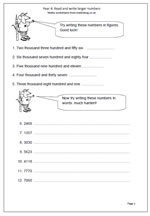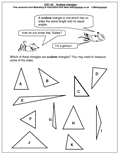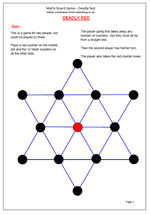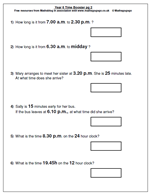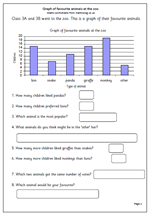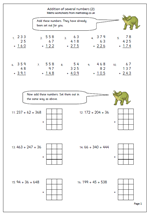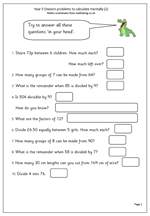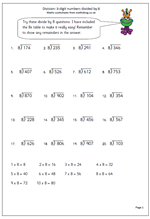 Here is another page for practising the short division method, this time just using the eight times table. The key to this method is, of course, a good knowledge of the 8 times table, as without this the solution can take an awfully long time and lots of errors may occur. The table has been written out as a helpful starting point, so that the method can be concentrated on.
Here is another page for practising the short division method, this time just using the eight times table. The key to this method is, of course, a good knowledge of the 8 times table, as without this the solution can take an awfully long time and lots of errors may occur. The table has been written out as a helpful starting point, so that the method can be concentrated on.
For example: 8)659
‘How many eights in 65?’
‘8 times 8 is 64, 9 times 8 is 72 which is too much.’
‘8 goes into 65, 8 times with 1 left over.’
Write the 8 in the answer above the 5.
Write the remainder 1 beside the 9 units, making 19.
‘How many eights in 19?’
‘2 times 8 is 16.’
‘8 goes into 19, 2 times with 3 left over.’
Write the 2 in the answer in the units and write rem 3 next to it.
Answer: 82 remainder 3
 Children in the UK get far less experience at using kilometres than most Euoropeans because we have decided to keep with the mile for most of our longer measuring. Of course this is a nonsense: to start with a system using mm, cm and metres and then switch to a completely different system ie miles does not make any sense at all! Until our road signs are changed there is little hope of any improvement in this situation.
Children in the UK get far less experience at using kilometres than most Euoropeans because we have decided to keep with the mile for most of our longer measuring. Of course this is a nonsense: to start with a system using mm, cm and metres and then switch to a completely different system ie miles does not make any sense at all! Until our road signs are changed there is little hope of any improvement in this situation.